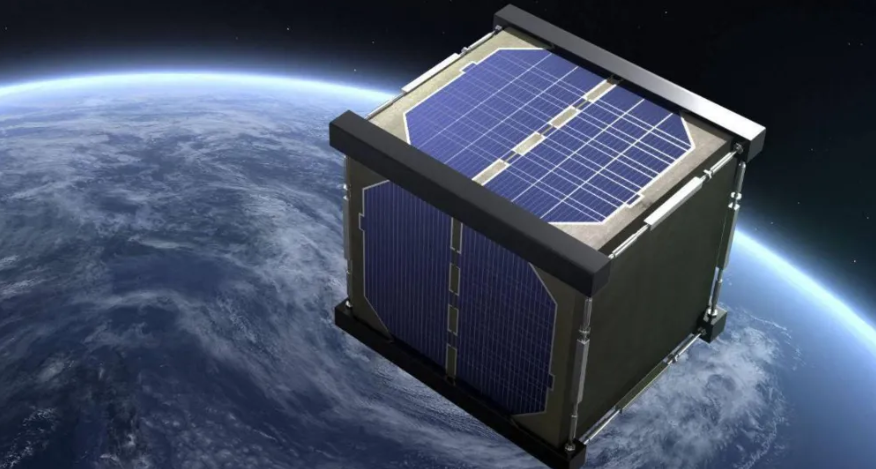The world’s first wooden satellite has been launched aboard a SpaceX rocket as part of a return mission to the International Space Station, Japanese developers said Tuesday.
Kyoto University researchers hope the wooden material will burn up when the device re-enters the atmosphere, which could provide a way to avoid nasty metal when unused satellites are returned to Earth.
Manufacturers say the pellets could have negative effects on the environment and communications.
The box-shaped experimental satellite, called LignoSat, measures just 10 centimeters (four inches) on each side. The Kyoto University Center for Human Space Science said no. was launched on an unmanned rocket from NASA’s Kennedy Space Center in Florida.
A spokesman for LignoSat developer Sumitomo Forestry told AFP the launch was “successful”. He said”will soon arrive at the International Space Station and be released into space for a month” to test its strength and durability.
Data will be sent back from the satellite to scientists who can check for signs of stress and determine whether the satellite can withstand temperature changes.
“Non-metal satellites should gain importance,” Takao Doi, a professor and astronaut at Kyoto University, told a news conference earlier this year.
one
Dr. Simeon Barber, a space scientist at the Open University in the UK, said: “We have to be clear that this is not a satellite made entirely out of wood… but the basic idea behind it is really interesting one “From a sustainability perspective, wood is a material that can be grown and therefore recycled,”
“The idea that you could plant trees on other worlds to help you explore or build shelters is a very interesting idea. Explorers have always used trees to build buildings when travelling to new lands.”
Dr Barber said this was not the first time wood had been used in an aircraft.
“We use wood (softwood) in the skin at the back of the aircraft to help them survive re-entry into the Earth’s atmosphere.” He added that the Russian and Soviet moon landers
used cork to help the rovers grip when they landed on the lunar surface.
“There’s nothing wrong with using wood in space; it’s just a matter of using the right product for the right job.” Wood has been described as having properties that are difficult to control.
“So from an engineering standpoint, it’s very difficult to work with… I think you’re always going to have problems with wood in the construction of important structures, like aircraft, where you have to estimate the density.
Scientists at Kyoto University hope that using wood in aircraft construction could cause less pollution than metal aircraft when they burn up during re-entry at the end of their lives.
I am an experienced content writer with a passion for crafting engaging and impactful content across various platforms. Skilled in audience research, storytelling, and SEO optimization. I am proficient in creating clear, concise, and compelling copy that resonates with readers. Strong ability to adapt tone and style to suit diverse audiences and brand voices. Dedicated to delivering high- quality content that drives results and enhances brand visibility.
Prev Post


Comments are closed, but trackbacks and pingbacks are open.